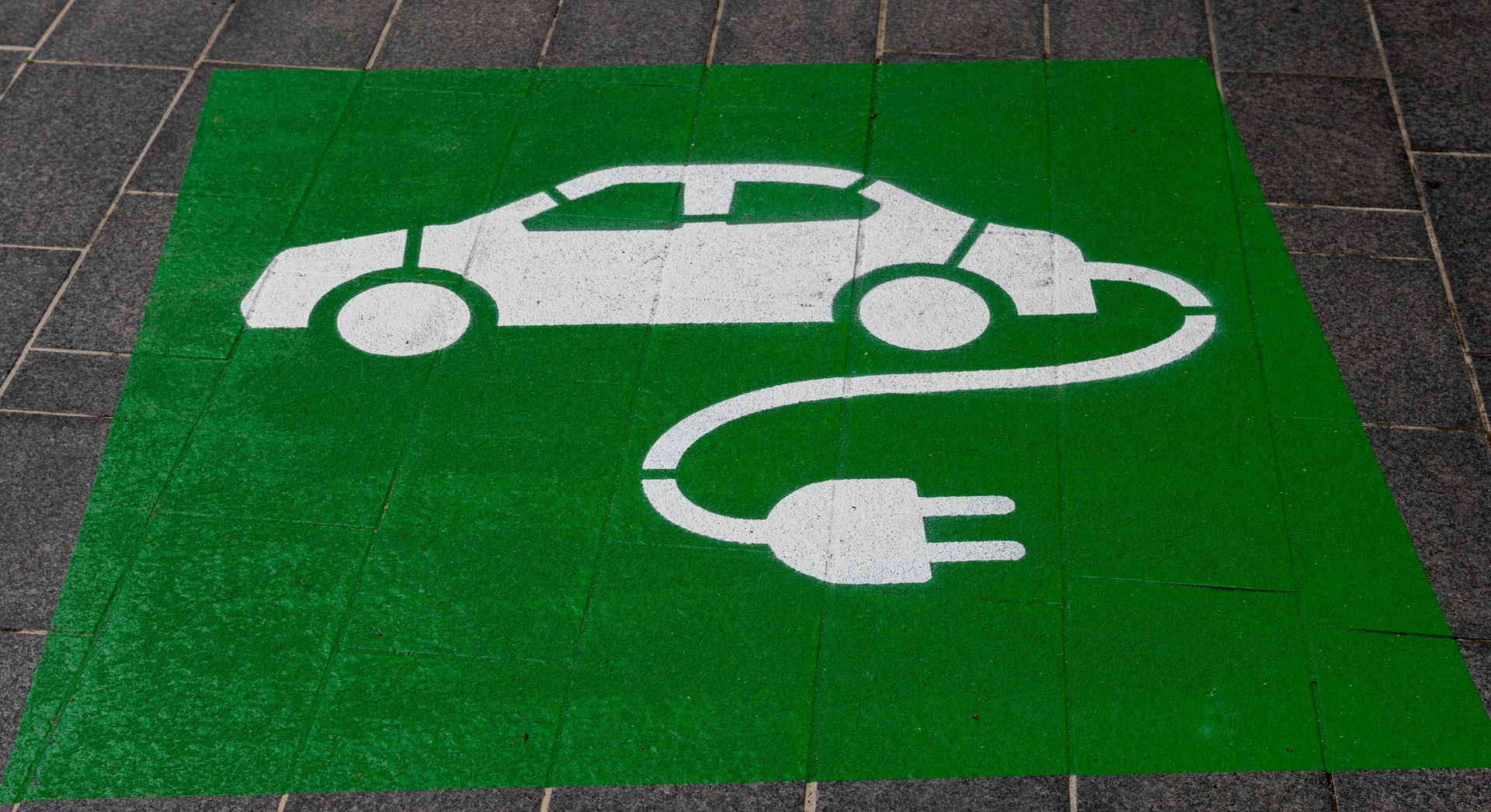Biden EV Charging Network Program, a visionary initiative aimed at propelling the United States into a sustainable and electric future, unfolds as a monumental force in the drive towards widespread electric vehicle (EV) adoption.
As the world shifts towards a more sustainable future, the Biden administration is taking decisive steps to accelerate the adoption of electric vehicles (EVs) within the United States. At the forefront of this green revolution is the Biden EV Charging Network Program, a groundbreaking initiative that aims to transform the landscape of EV infrastructure. With a monumental investment of $623 million, this comprehensive program seeks to establish a robust and widespread charging network, addressing key challenges and bolstering the nation’s commitment to a cleaner, more sustainable transportation future.
Biden EV charging network program explained
The Biden EV charging network program is a comprehensive initiative undertaken by the Biden administration to significantly expand the infrastructure supporting electric vehicles across the United States. The program is part of a broader strategy to accelerate the adoption of electric vehicles, reduce greenhouse gas emissions, and drive the transition to a more sustainable transportation sector. Here are the key components of the Biden EV charging network program:
- Investment and funding: The program involves a substantial financial commitment, with an initial investment of $623 million allocated for EV charging station grants. This funding aims to build out community charging networks, making EV charging more accessible and convenient for American drivers.

- Charger deployment goals: The cornerstone of the program is President Joe Biden’s ambitious goal to deploy 500,000 publicly available EV chargers by the year 2030. This aggressive target reflects the administration’s commitment to creating a robust and widespread charging infrastructure.
- Bipartisan infrastructure law allocation: The funding for the EV Charging Network Program is derived from a $2.5 billion EV allocation embedded within the Bipartisan Infrastructure Law. This law, a key legislative initiative, addresses various aspects of infrastructure development, including transportation, broadband, and water systems.
- Community projects and inclusivity: The program includes a focus on community projects, with the Federal Transit Authority awarding an additional $311 million to support 36 community-based initiatives. Indigenous-led projects in Alaska and Arizona are specifically mentioned, highlighting the administration’s commitment to inclusivity and diversity in the development of EV infrastructure.
- Comprehensive approach: Beyond EV charging, the Bipartisan Infrastructure Law authorizes up to $108 billion for public transit infrastructure projects. This includes efforts to improve transit safety, modernize existing systems, enhance accessibility for underserved communities, and transition services toward climate-friendly alternatives.
- Grant programs for sustainable transportation: The administration has announced specific grant programs, such as a $1.7 billion initiative for zero-emission and reduced-cost buses. This demonstrates a commitment to advancing sustainable transportation solutions beyond personal electric vehicles.
- Expansion of EV backbone: The grant program is designed to fund 47 EV charging and alternative-fueling infrastructure projects across 22 states and Puerto Rico. These projects are expected to construct a total of 7,500 EV charging ports, strengthening what the administration refers to as the EV “backbone.”
- Local accessibility emphasis: Transportation Secretary Pete Buttigieg highlighted the importance of local accessibility in EV charging infrastructure. The goal is to provide Americans with convenient and straightforward charging options within their communities.
The Biden EV Charging Network Program represents a bold and comprehensive effort to address the challenges associated with EV adoption. By significantly expanding the charging infrastructure and promoting inclusivity in community projects, the administration aims to make electric vehicles more accessible, reliable, and attractive to a broader segment of the population. This initiative aligns with broader climate and infrastructure goals, positioning the United States as a leader in the global transition to electric mobility.
Featured image credit: Maxim Hopman/Unsplash





